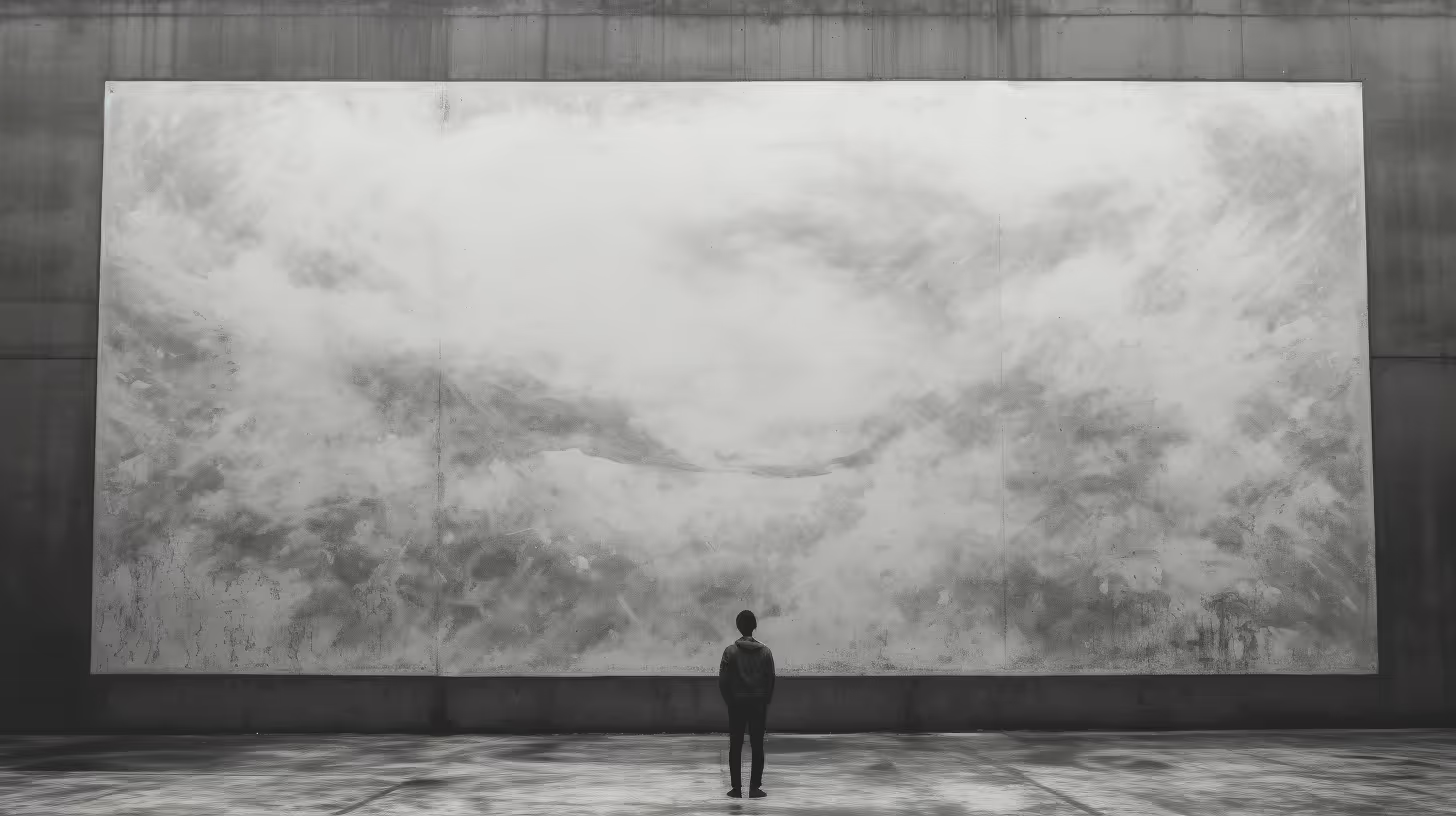When someone is fueled by creative passion, as most Business Artists are, their minds are non-stop machines fueled by intense curiosity. There is no pause button and no way to power it down.
This can be exhausting at times. However, it is also the source of endless creative activities and inspiring conversations.
One of the best examples of a curious thinker is my former colleague Marta Zaragoza, who leads the Southern Europe and Latin America team for BTS. Marta has a reputation for always going a thousand miles per hour. She is intensely curious with clients and always tries to learn more.
When a client opportunity is paused after a couple of days, Miguel Sequeira on her team tells me, Marta quickly asks, “What can we do? What are the reasons? How are they viewing this and us?” Her approach is helpful because it helps the team find ways to look for new creative solutions.
Always Asking Why
The obsession with curiosity is the central driving force of the overactive mind. Many times over the years, I’ve told friends and colleagues that I’m a self-proclaimed social theorist. I have an active obsession with asking Why as it relates to all aspects of human performance in social and business settings.
Why will certain people speak first in a room? Why do certain people feel compelled to challenge the status quo when others passively accept it? Why won’t this work, why does this work, why hasn’t this worked?
Why is a powerful question. Sometimes I even ask, Why do we ask why?
For example, in a sales or business meeting, sometimes I ask why simply to learn or probe for additional knowledge. Or I may ask why to validate or challenge an already-held opinion or hypothesis. Sometimes I ask why to understand how someone is feeling or where they are coming from.
And those are just the why questions! The mind never stops being curious, whether we’re talking about why, or even what and how questions.
Balance & Burnout
But is it ultimately a good thing to have a mind that never slows down? If not, when can an active, racing mind get in the way of someone’s success? Can it produce negative consequences?
Perhaps. I know that I can come across as obsessed or intense at times.
I’ve had close friends say to me, “Adam, why don’t you just enjoy life instead of trying to figure it out all the time?”
I naturally reply, “You don’t understand. Trying to figure out life is how I enjoy it.”
The reality is that I’ve learned to have a balance. I’ve learned that I need to force myself to slow down at times or I can quickly spiral into a cave of curiosity that has no end. If you don’t do this, you will burn out from exhaustion and the never-ending adrenaline rush of intense curiosity.
Partners & Other Constraints
It’s also vital to partner with someone whom you trust, someone who knows how your mind works.
I have a great colleague and friend, Matt Archer. He’s a co-founder with me at Meahana. Our minds are very different. Matt is masterful at execution and in his own artistic way, knows how to let my mind roam and get lost a bit. Then he will summarize, add his own points, and move forward.
Matt helps to pace my thought process so the output is targeted to whatever we are working on.
When I don’t have a partner, I set other constraints. Great artistic output comes from constraints. In the world of music, if you play a certain note on a piano, you are already constrained mathematically to what good options you have next.
It sounds counterintuitive but it’s true: art is best built in a constrained universe.
Wouldn’t It Be Cool?
Earlier, I mentioned Marta as a great example of curiosity. In addition, let me tell you about Fredrik Schuller, another Global Partner at BTS and Head of the Coach Practice.
Fredrik is one of the first people I call when I want to “dream up” new solutions for a client problem. I know he will ask me lots of questions I had not considered. Then the two of us will mentally co-create a solution together. We’ll laugh at how ridiculous most of the solutions are in terms of our ability to actually execute them.
Even so, we spend a lot of time asking, “Wouldn’t it be cool, though?” We will eventually bring in other minds into the conversation to help slow us down, ground us in reality, and find something practical we can execute.
These are the type of colleagues I love to innovate with. They are filled with curiosity and creativity. Naturally, those qualities often lead to situations where you need to confront existing realities.
There are always limitations and constraints in the real world. But sometimes you have to challenge them in order to see what’s possible.



